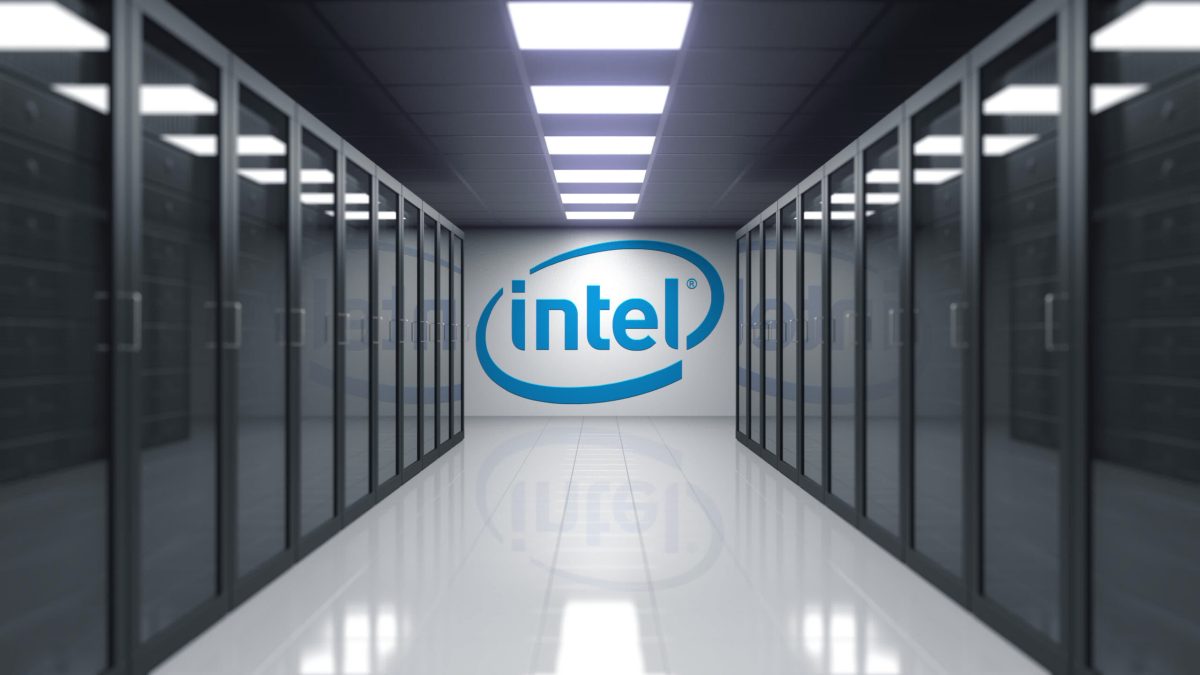Intel (NASDAQ: INTC) reported better-than-anticipated Q3 2024 results on October 31, marking progress on its aggressive restructuring and cost-cutting initiatives.
The company’s non-GAAP EPS was a loss of $0.46 per share, missing estimates by $0.43, while revenue came in at $13.28 billion, beating expectations by $240 million but still reflecting a 6.2% decline year-over-year.
Key segments performed variably: the Client Computing Group (CCG) brought in $7.3 billion, below the $7.46 billion analysts had expected, while the Data Center and AI (DCAI) segment saw a modest 9% increase to $3.35 billion.
Meanwhile, Intel’s foundry services reported $4.4 billion, a decrease of 8%, reflecting challenges in competing with established industry leaders like TSMC.
Intel also raised Q4 guidance with projected revenue between $13.3 and $14.3 billion, and gross margins expected to rise to approximately 39.5% on an adjusted basis.
Analyst reactions remain cautious
Several analysts acknowledged Intel’s positive third-quarter performance but maintained a cautious outlook.
Deutsche Bank, for example, reiterated its Hold rating with a price target of $25, citing Intel’s improved stability yet noting that meaningful financial gains from its turnaround likely remain distant.
Barclays also maintained an Equalweight rating and a $25 price target, expressing reservations about Intel’s competitive positioning despite modest progress in its data center segment.
Although Intel’s Q3 results brought a stock price boost, analysts largely see the company’s transformation as a prolonged effort, with substantial progress not expected until at least 2025.
Operational shifts and cost-cutting measures
Intel continues to address its operational inefficiencies through workforce reductions and strategic realignments, laying off thousands to align its cost structure with long-term growth plans.
The company reported a $2.8 billion restructuring charge in Q3, which included $528 million in non-cash impairments and future cash settlements.
Intel has committed to a $10 billion cost reduction plan by 2025, positioning itself for increased profitability as it reorganizes its business.
However, these cost-saving measures come amid a highly competitive environment, with Nvidia and AMD rapidly capturing market share, particularly in data center and AI applications.
Financial stability and long-term outlook
While Intel’s results indicate steps toward stability, its financial situation remains mixed.
The company ended Q3 with nearly $50 billion in debt, partly offset by $24 billion in cash and short-term investments.
Despite a $3 billion boost from the U.S. government’s Secure Enclave Partnership, Intel’s Q3 free cash flow was down $2.7 billion, underscoring ongoing liquidity challenges.
Intel plans to invest between $12 billion and $14 billion in capital expenditures for FY2025, primarily to advance its 18A node technology, a critical component of its foundry strategy.
The market’s optimistic reaction to Intel’s restructuring could be tied more to these future growth prospects than to current performance.
Product and market performance remain mixed
Intel’s core product lines showed mixed performance in Q3, with certain segments, such as data centers, seeing modest growth.
However, Intel’s foundry business, a strategic area intended to compete with TSMC, reported an 8% revenue drop, with substantial operating losses continuing.
Intel’s renewed foundry focus, including plans to onboard additional 18A technology customers, is crucial for future growth.
The company expects continued progress in its product roadmap, particularly with upcoming releases like Panther Lake and Clearwater Forest chips, which are expected to attract new design wins from third-party customers.
Valuation Stands High Relative to Sector
Intel trades at multiples that are comparatively high within the semiconductor sector.
Despite a trailing twelve-month price-to-earnings (P/E) ratio around 3x that of its sector, the stock’s price continues to climb, driven partly by optimism about the restructuring’s long-term impact.
However, Intel’s trailing twelve-month free cash flow margin remains negative, and with earnings metrics pressured by restructuring costs, its current valuation reflects a mix of potential and persistent financial strain.
The company’s profitability grade in sector-relative rankings remains low, further emphasizing the valuation disconnect with its ongoing losses and restructuring requirements.
As we look forward, Intel’s stock performance will likely hinge on its ability to capture new customers in its foundry services and deliver on its 18A technology promises.
Investors tracking Intel’s progress will find it valuable to observe price movements and trading volumes closely as we delve into the technical indicators that offer further insights into where Intel’s stock trajectory might be heading.
Weakness persists, but bulls still have a glimmer of hope
Despite today’s bump in stock price, Intel’s stock is still trading down 55% year-to-date and has lost almost 60% of its value in the last 5 years. The stock especially became weak this year when it fell from above $30 to below $20 after the company announced its Q2 numbers.
Source: TradingView
Though the stock remains extremely weak in long-term charts, investors who are willing to bet on the company to make a turnaround and for the stock to bounce significantly from here can initiate a small long position near current levels at $22.7.
However, they must keep a strict stop loss at its recent swing low at $18.5 and must only add on to their long positions if the stock breaks above its bearish trendline as characterized in the chart by the red line.
Traders who have a bearish outlook on the stock must refrain from shorting it at current levels as the stock has already fallen significantly this year.
A short position must only be considered once the stock approaches its 100-day moving average.
The post Is Intel’s downtrend finally over? Stock signals a rebound appeared first on Invezz

